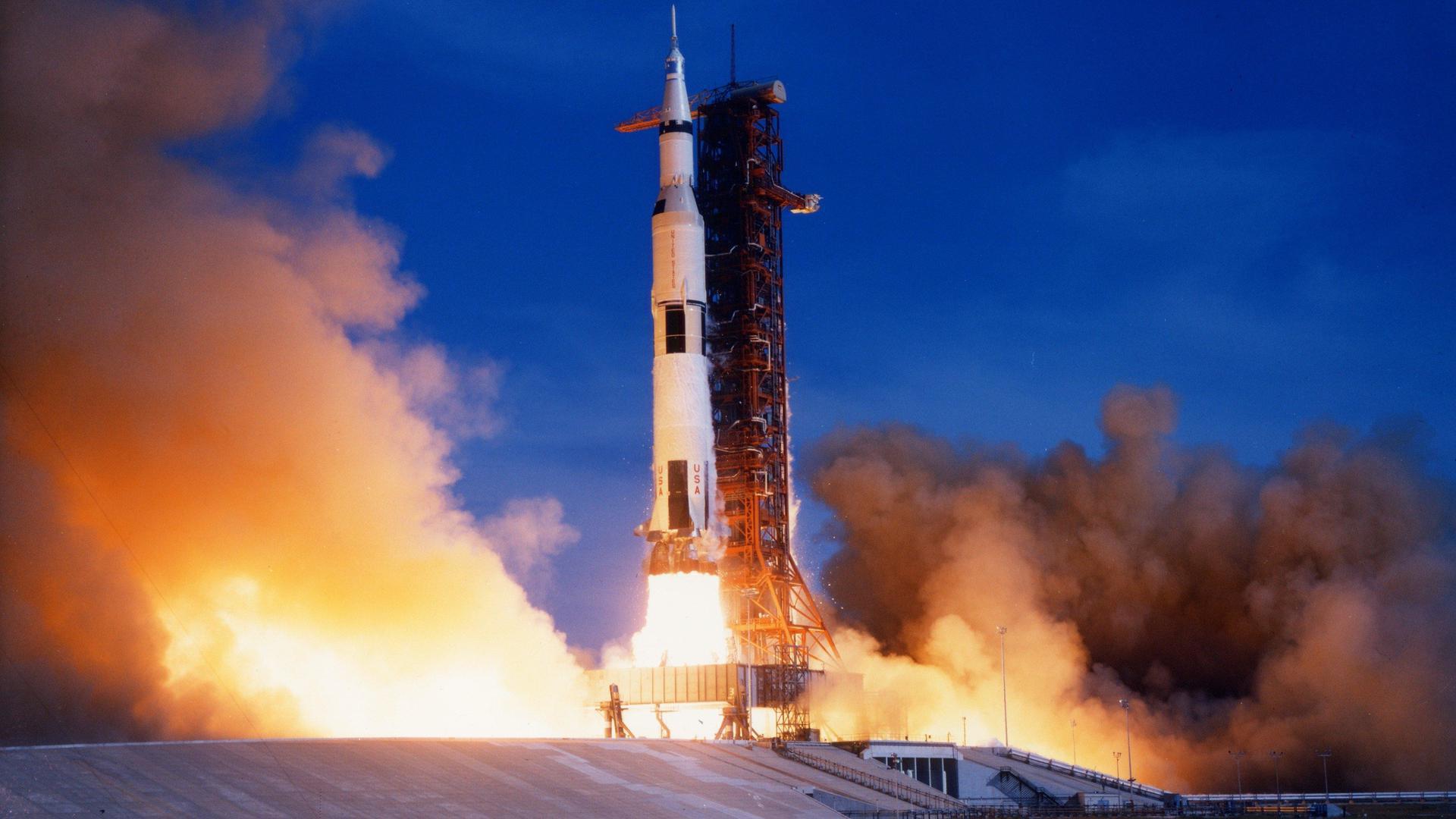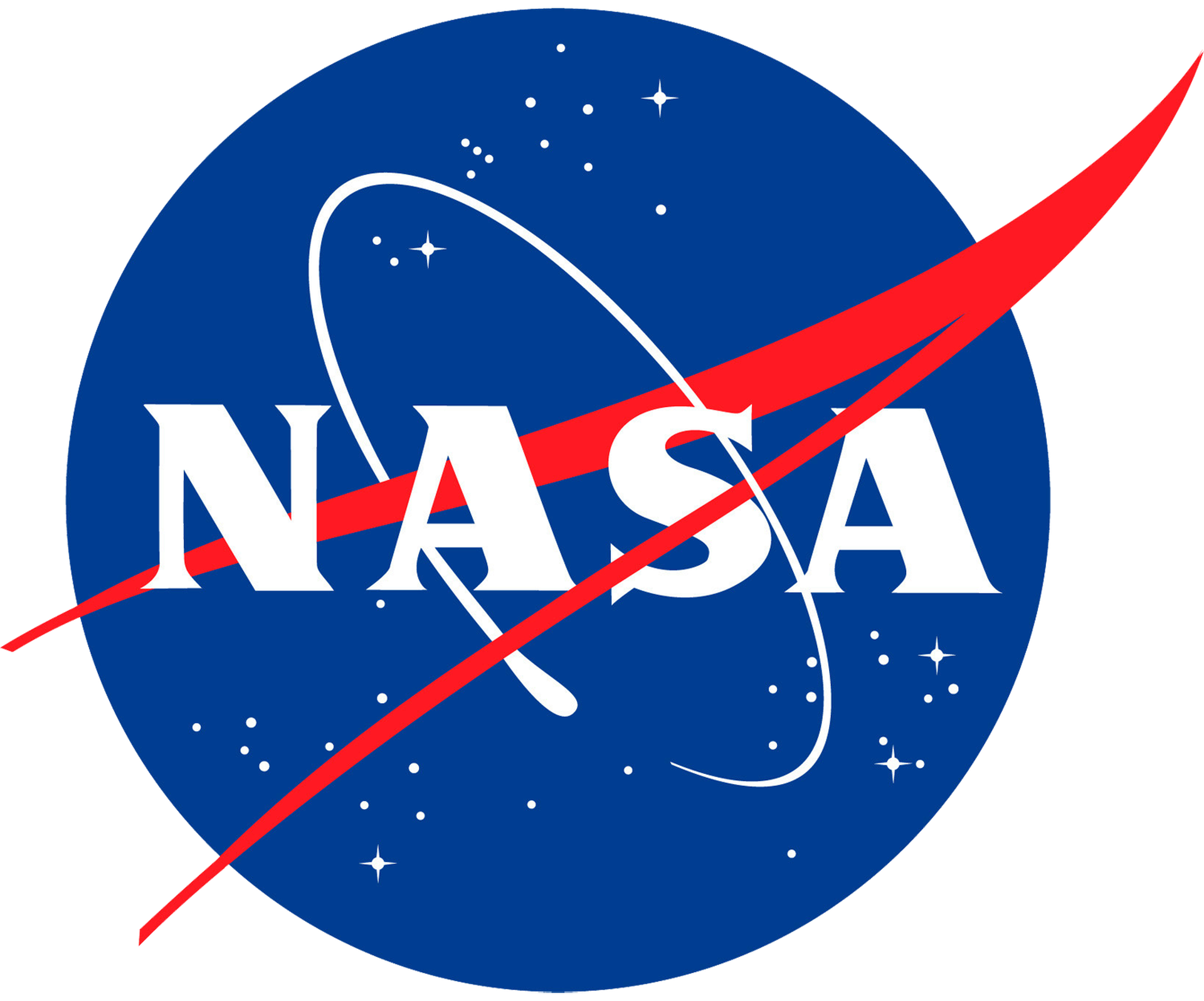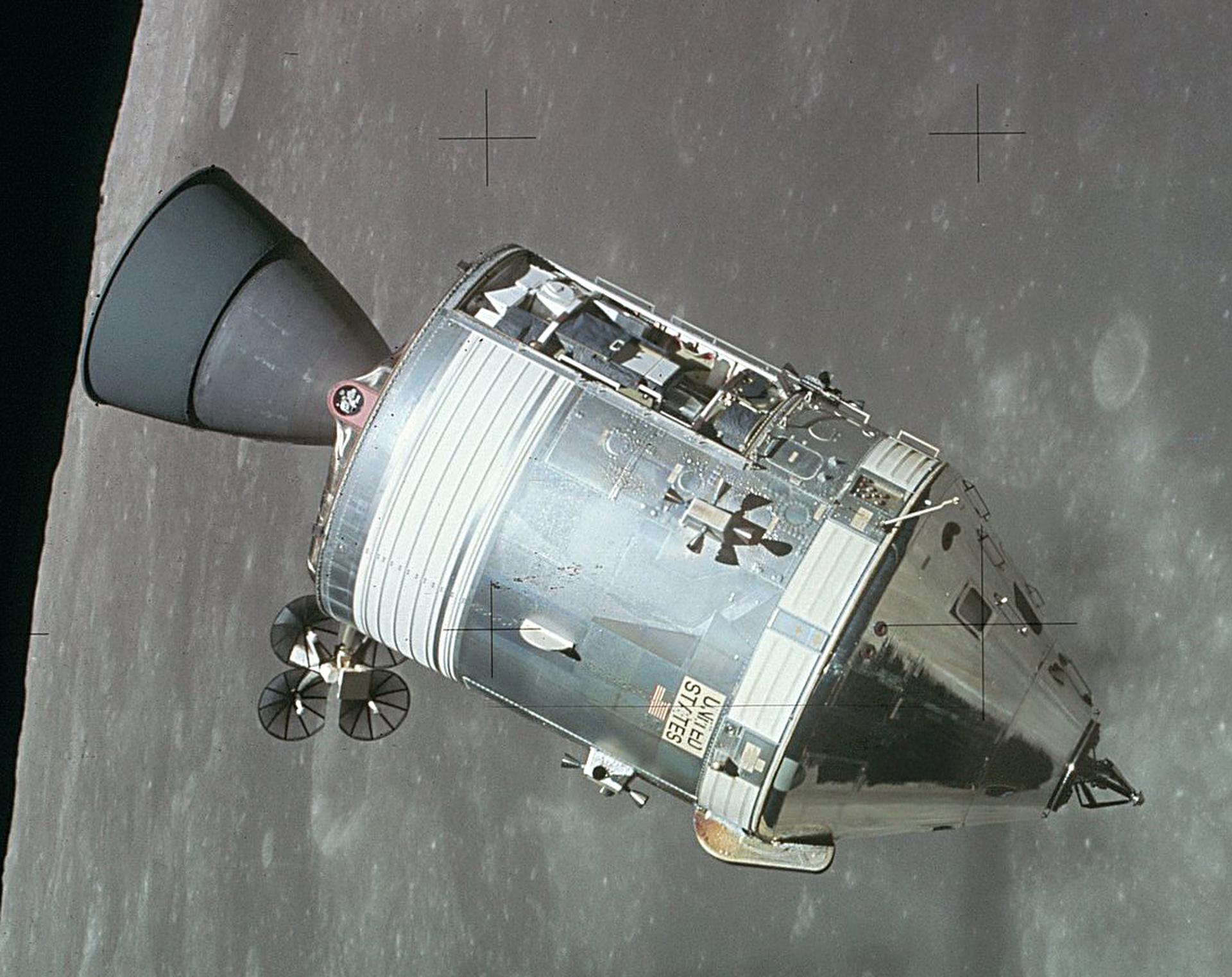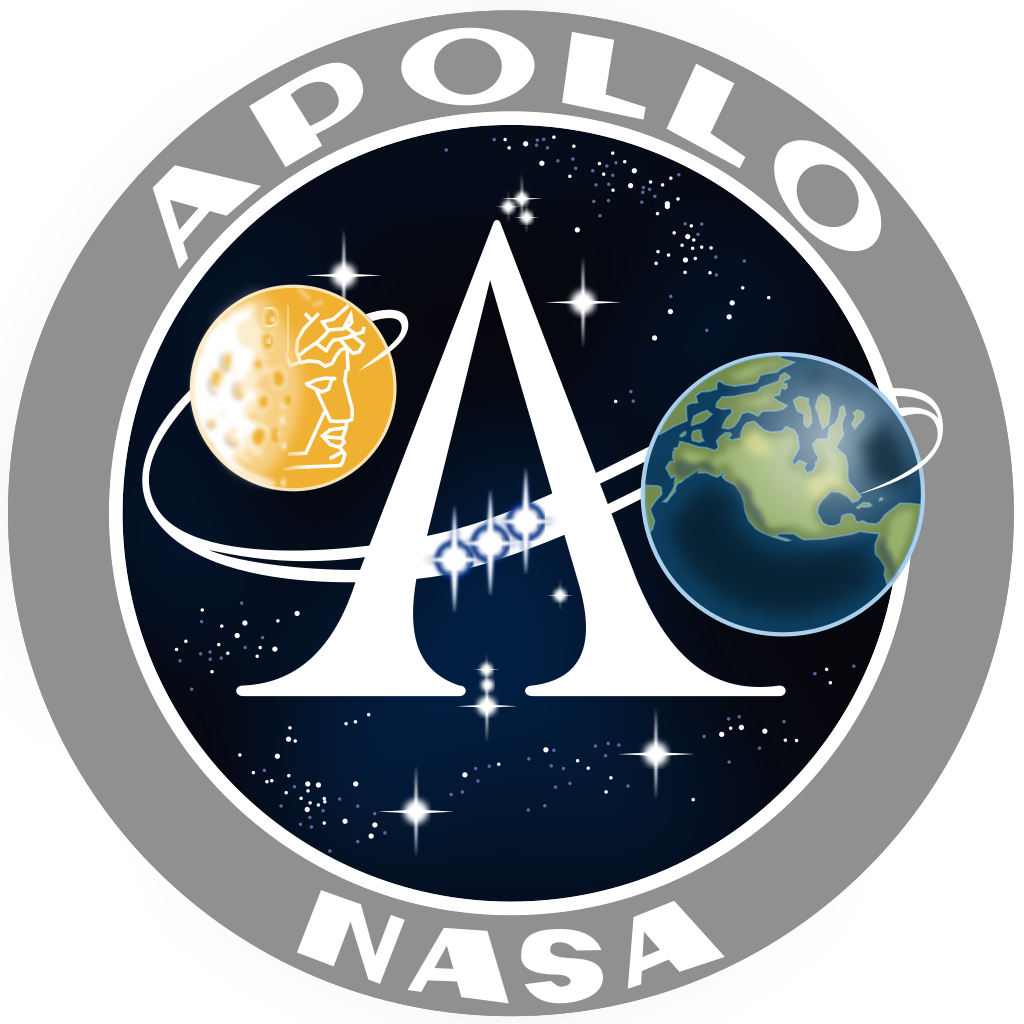Saturn V | Apollo 6
Launch Complex 39A
Kennedy Space Center, FL, USA
T?
--
Days
:
--
Hours
:
--
Mins
:
--
Secs
Date Loading...
National Aeronautics and Space Administration
The National Aeronautics and Space Administration is an independent agency of the executive branch of the United States federal government responsible for the civilian space program, as well as aeronautics and aerospace research. NASA have many launch facilities but most are inactive. The most commonly used pad will be LC-39B at Kennedy Space Center in Florida.
Apollo 6
Apollo 6 was intended to send a Command and Service Module (CSM) plus a Lunar Module Test Article (LTA), a simulated Lunar Module (LM) with mounted structural vibration sensors, into a translunar trajectory. However, the Moon would not be in position for a translunar flight, and the Service Module engine would be fired about five minutes later to slow the craft, dropping its apogee to 11,989 nautical miles (22,204 km) and causing the CSM to return to Earth, simulating a "direct-return" abort. On the return leg, the engine would fire once more to accelerate the craft to simulate the nominal lunar return trajectory with a re-entry angle of -6.5 degrees and velocity of 36,500 feet per second (11,100 m/s). The entire mission would last about 10 hours.
Apollo CSM-020
Serial CSM-020
Launch Crew Count 0
Status Single Use
Landing Time 1968-04-04T21:57:00+0000
Saturn V
Height 110.60 Meters
Max Stages 3
Mass To GTO 0 kg
Liftoff Thrust 35100 kN
Diameter 10.10 Meters
Mass To LEO 140000 kg
Liftoff Mass 2970 Tonnes
Launch Success 12
Consecutive Success 11
Maiden Flight 1967-11-09
Launch Failures 1
Programs
Apollo
The Apollo program was the third United States human spaceflight program carried out by the National Aeronautics and Space Administration (NASA), which succeeded in landing the first humans on the Moon from 1969 to 1972.











